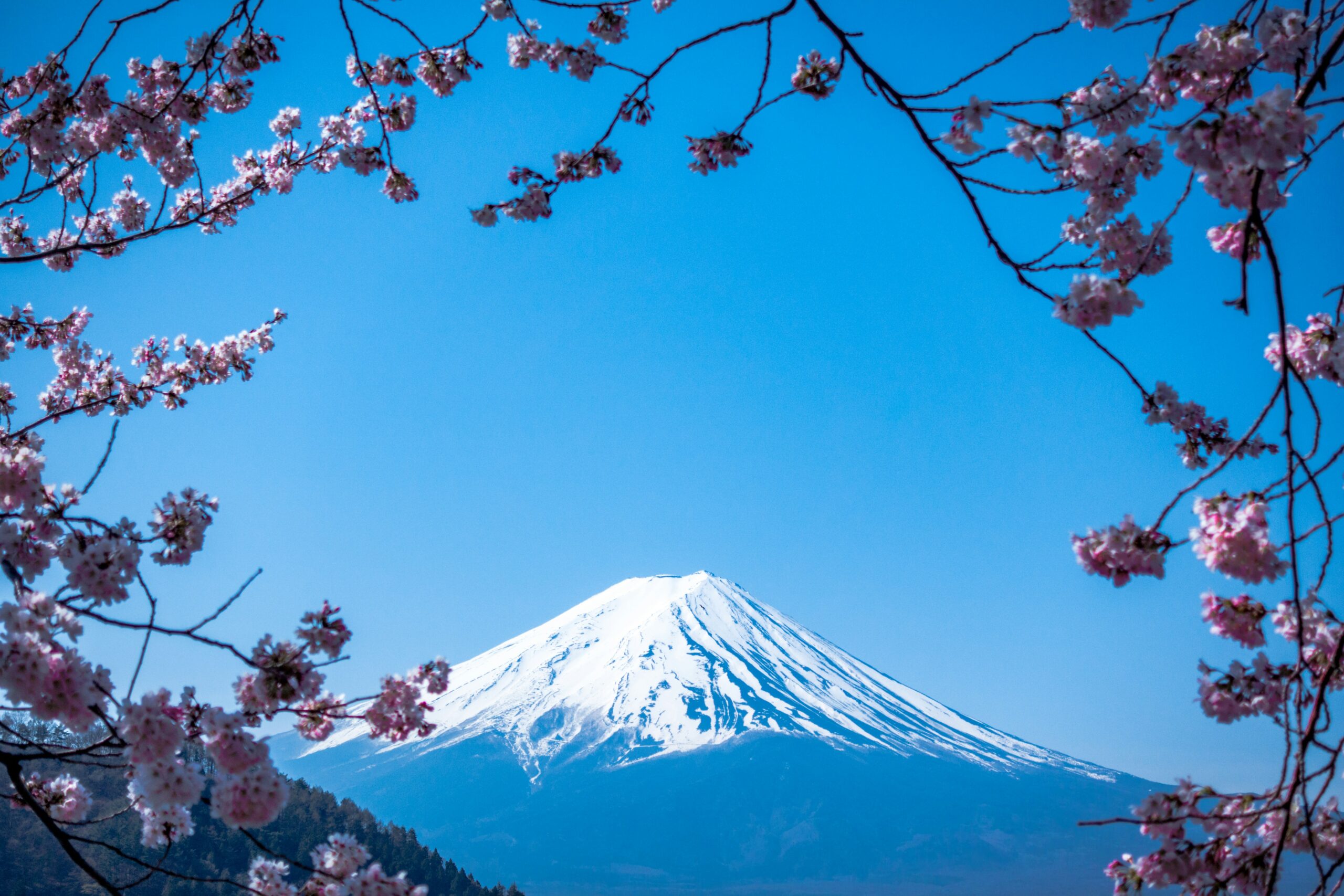
Traveling in Japan: What You Should Know
Cultural Etiquette and Social Norms
When traveling in Japan, understanding and respecting cultural etiquette and social norms is essential. Japanese society places a high value on respect and politeness, and these qualities are reflected in everyday interactions. One of the most visible expressions of respect is bowing, which is used as a common greeting. The depth of the bow can vary depending on the situation, with a deeper bow indicating greater respect.
Another important aspect of Japanese etiquette is the practice of removing shoes before entering homes and certain public places, such as traditional inns (ryokan) and some temples. Upon entering these spaces, you will typically find a designated area to leave your shoes and indoor slippers to wear instead. This practice helps maintain cleanliness and is a sign of respect for the host.
Gift-giving is also deeply ingrained in Japanese culture. When visiting someone’s home or meeting a new acquaintance, it is customary to bring a small gift, known as ‘omiyage.’ The gesture is more important than the value of the gift, and it is considered polite to present it with both hands. Wrapping and presentation are also crucial, as they reflect the giver’s thoughtfulness and attention to detail.
Understanding the concepts of ‘tatemae’ (public behavior) and ‘honne’ (true feelings) can help navigate social interactions in Japan. ‘Tatemae’ refers to the behavior and opinions one displays in public, which may differ from ‘honne,’ the true feelings that may be kept private. Recognizing this distinction can aid in interpreting the subtleties of communication and interactions with locals.
Maintaining quietness and a low profile in public spaces is another important aspect of Japanese social norms. In public transportation, such as trains and buses, it is customary to avoid loud conversations and refrain from eating or drinking. This consideration ensures a peaceful environment for all passengers.
Language barriers can be a challenge for travelers, but basic Japanese phrases can be incredibly useful. Common phrases such as ‘Arigatou’ (thank you) and ‘Sumimasen’ (excuse me) can go a long way in showing respect and politeness. In major cities, English signage is prevalent, and many locals are accustomed to assisting foreign visitors. However, making an effort to use simple Japanese phrases can enhance your experience and interactions.
Top Destinations and Travel Tips
Japan is a country that seamlessly blends ancient traditions with modern innovation, offering travelers a diverse range of experiences. When visiting Japan, there are several iconic destinations that should be on every traveler’s itinerary. Tokyo, the bustling capital city, is renowned for its cutting-edge technology, vibrant nightlife, and cultural landmarks. A visit to Shibuya Crossing, one of the busiest intersections in the world, and the historic Senso-ji Temple in Asakusa are must-dos. Kyoto, the former capital, offers a more tranquil experience with its stunning temples, such as Kinkaku-ji (the Golden Pavilion), and the picturesque Arashiyama Bamboo Grove. Osaka, known for its culinary delights, boasts the lively Dotonbori district, where you can indulge in street food staples like takoyaki and okonomiyaki.
Beyond these well-known cities, Japan has a wealth of lesser-known gems. Hiroshima’s Peace Memorial Park serves as a poignant reminder of the city’s history, while the hot springs of Hakone provide a relaxing retreat with views of Mount Fuji. For nature lovers, Hokkaido offers breathtaking landscapes, particularly during the cherry blossom season in spring and the vibrant autumn foliage.
To make the most of your travel experience, it’s essential to utilize Japan’s efficient public transportation system. The Japan Rail Pass is a cost-effective option for unlimited travel on JR trains, including the Shinkansen (bullet trains). This pass allows for convenient and speedy travel between cities, making it easier to explore multiple destinations.
When it comes to accommodation, Japan caters to all preferences. You can immerse yourself in traditional Japanese culture by staying at a ryokan, which often includes tatami-matted rooms and communal baths. Alternatively, modern hotels offer all the amenities you might need. Dining in Japan is an adventure in itself, with a vast array of culinary options. From sushi and ramen to regional specialties, there’s something for every palate. Don’t miss out on trying local delicacies unique to each area you visit.
Seasonal considerations are also crucial for planning your trip. Spring (March to May) is ideal for cherry blossom viewing, while autumn (September to November) offers spectacular fall colors. Packing appropriately for the season is essential, with layers recommended for the varying temperatures.


